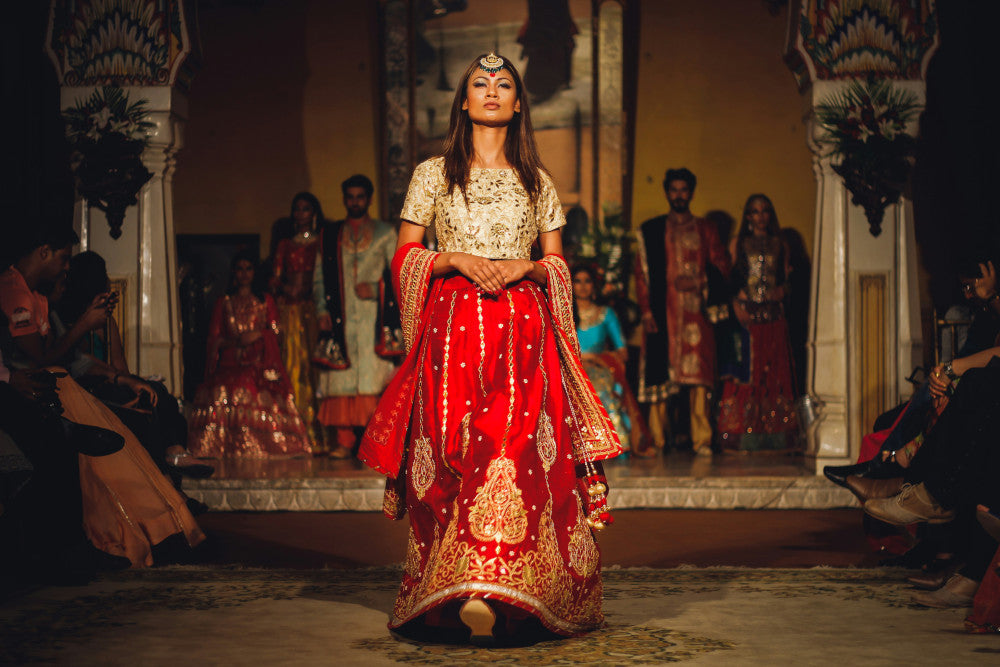
Religiöse Kleidung ist ein kraftvoller Ausdruck von Glauben, Identität und Tradition. Überall auf der Welt haben verschiedene Religionen unterschiedliche Kleidung entwickelt, die ihre spirituellen Überzeugungen, ihr kulturelles Erbe und ihre Werte widerspiegelt.
Obwohl religiöse Kleidung in gemeinsamen Glaubenstraditionen verwurzelt ist, unterscheidet sie sich von Region zu Region erheblich und spiegelt die Vielfalt selbst innerhalb derselben Religion wider. Kulturelle Einflüsse, lokale Bräuche, Klima und historische Entwicklungen prägen diese Unterschiede. Kleidung, die für verschiedene Riten, Lebensphasen oder religiöse Anlässe getragen wird, kann selbst innerhalb einer einzigen spirituellen Tradition einen breiten und vielfältigen Ausdruck bieten.
Diese Vielfalt macht das Thema religiöse Kleidung unglaublich breit gefächert. Jedes Kleidungsstück hat eine einzigartige Bedeutung und verbindet oft religiöse Symbolik mit lokaler kultureller Identität.
In diesem Artikel untersuchen wir einige der beliebtesten religiösen Kleidungsstücke der Welt und gehen auf ihre Ursprünge, Bedeutung und Rolle in Ritualen und im täglichen Leben ein. Ob als Zeichen der Hingabe, Bescheidenheit oder des kulturellen Stolzes getragen, diese Kleidungsstücke bieten einen faszinierenden Einblick in die vielfältigen Wege, auf denen der Glaube in das Gewebe des täglichen Lebens auf der ganzen Welt verwoben ist.
Panaprium ist unabhängig und wird vom Leser unterstützt. Wenn Sie über unseren Link etwas kaufen, erhalten wir möglicherweise eine Provision. Wenn Sie können, unterstützen Sie uns bitte monatlich. Die Einrichtung dauert weniger als eine Minute und Sie werden jeden Monat einen großen Beitrag leisten. Danke schön!
Muslimische religiöse Kleidung

Muslimische Männer und Frauen tragen beim Gebet, bei religiösen Riten und besonderen Anlässen besondere religiöse Kleidung.
Während des Gebets können Männer als Zeichen ihres großen Respekts und ihrer Verbundenheit mit ihrer Religion einen Thobe und ein Kufi tragen.
Das Kufi ist eine kleine, runde Kopfbedeckung und das Thobe ist ein langes, fließendes Gewand, das bis zu den Knöcheln reicht. Während das Thobe normalerweise weiß ist, gibt es das Kufi in verschiedenen Farben und Farb- und Musterkombinationen.

Beim Gebet tragen muslimische Frauen meist ein möglichst schlichtes, lockeres Gewand, das den gesamten Körper verhüllt und nur das Gesicht und die Hände unbedeckt lässt.
Zu diesem Outfit gehören ein langes Kleid, ein Jilbab (langes Obergewand) oder eine Abaya sowie ein Hijab, der das Haar und den Hals bedeckt.
Der Hijab ist das Kopftuch, das viele muslimische Frauen tragen, um Haare und Hals zu bedecken, während ihr Gesicht unbedeckt bleibt. Art und Umfang der Bedeckung variieren je nach muslimischer Kultur und Region. Der Hijab ist ein persönlicher Ausdruck des Glaubens und der Einhaltung islamischer Vorschriften zur bescheidenen Kleidung.
Erkunden Ethische, vegane und günstige Schals und Kopftücher finden Sie hier.
Religiöse Kleidung im Judentum

Für Gebete und andere religiöse Rituale gibt es im Judentum spezielle Kleidung für Männer und Frauen.
Die Fransen dienen als Erinnerung an die Gebote Gottes. Sie werden über den Schultern getragen oder beim Gebet um den Körper gewickelt.
Darüber hinaus tragen jüdische Männer die Kippa während des Gebets und anderer religiöser Anlässe und oft auch den ganzen Tag über. Es handelt sich dabei um eine kleine Kopfbedeckung, ein Zeichen der Ehrerbietung und Demut vor Gott.

Obwohl es von jüdischen Frauen verlangt wird, sich bescheiden zu kleiden, haben verschiedene Gruppen innerhalb der Gemeinschaft unterschiedliche Standards für die Körperbedeckung. In den orthodoxen Gemeinden tragen Frauen lange Röcke oder Kleider, Oberteile mit langen Ärmeln und hochgeschlossene Kleidung.
Hier ist unsere Auswahl der umweltfreundlichsten Maxiröcke, mit denen Sie mit gutem Gewissen einen dezenten Look kreieren können.
Eine verheiratete Frau muss als Zeichen der Bescheidenheit ihr Haar mit einem Kopftuch, einem Hut oder einer Perücke bedecken, die auf Jiddisch als Scheitel bezeichnet wird.
Hinduismus – Ein Fest der Farben

Im Hinduismus stellt die Kleidung je nach den verschiedenen Religionen nicht nur dar, dass die Gläubigen die traditionelle Kleidung aus Ehrfurcht oder Respekt vor ihrem Glauben tragen, sondern sie spielt auch im Leben derjenigen eine wichtige Rolle, die diese Feste feiern.
Bei formellen religiösen Empfängen oder Feiern tragen Männer oft ein Kurta – eine langärmelige Tunika, die häufig mit Pyjamahosen kombiniert wird. Kurtas werden aus Baumwolle und Seide hergestellt und können einfache oder aufwendige Stickereien aufweisen.

Hindu-Frauen tragen bei religiösen Anlässen Saris, ein vielseitiges Kleidungsstück aus langem Stoff, der elegant um den Körper drapiert ist.
Ein weiteres beliebtes Damenoutfit, insbesondere in Nordindien, ist der Salwar Kameez. Dieses äußerst bequeme und schlichte Outfit besteht aus einer Tunika (Kameez) und einer weiten Hose (Salwar), abgerundet mit einer Dupatta – einem zusätzlichen Stück Stoff, das den Hals schmückt.
Dhoti und Angavastram

Der Dhoti und Angavastram sind traditionelle indische Kleidungsstücke, die in religiösen, kulturellen und formellen Kontexten getragen werden.
Der Dhoti ist ein langes Stück ungesäumten Stoffs, das um die Taille und die Beine gewickelt ist.
Der Dhoti ähnelt einer weiten Hose mit Falten vorne und elegantem Fall. Er wird von Männern in ganz Indien getragen, insbesondere in ländlichen Gebieten und bei religiösen Ritualen.

Das Angavastram ist ein langes, rechteckiges Tuch, das über die Schultern gelegt wird und normalerweise mit dem Dhoti kombiniert wird. Es besteht oft aus dem gleichen Material wie der Dhoti und kann schlicht oder mit Rändern verziert sein. Das Angavastram dient als Schal oder Stola und ist ein Zeichen des Respekts oder der Formalität, insbesondere in religiösen oder zeremoniellen Zusammenhängen.
Religiöse Kleidung katholischer Christen

Im katholischen Christentum sind religiöse Ereignisse, Zeremonien und liturgische Feiern durch eine Kleidung geprägt, die Ehrfurcht, Tradition und Feierlichkeit ausstrahlt.
Bei der Erstkommunion beispielsweise tragen Mädchen üblicherweise weiße Kleider und Schleier als Zeichen ihrer Reinheit und Jungen weiße Hemden oder Anzüge.
Katholische Männer tragen bei religiösen Anlässen wie Messen, Hochzeiten, Taufen und Feiertagen normalerweise formelle oder halbformelle Kleidung. Eine häufige Wahl ist Anzug und Krawatte oder zumindest ein Hemd mit Kragen und Anzughose. Dunkle Farben wie Schwarz, Marineblau oder Grau werden oft bevorzugt, insbesondere bei feierlicheren Anlässen wie Beerdigungen oder Karfreitagsgottesdiensten.
Kaufen Sie hier günstige und nachhaltige Anzüge, die unter hohen sozialen und ökologischen Standards hergestellt wurden.

Katholische Frauen kleiden sich bei religiösen Anlässen typischerweise bescheiden und elegant, wobei sie Wert darauf legen, Schultern, Brust und Knie zu bedecken.
In der Vergangenheit trugen Frauen bei der Messe Schleier, sogenannte Mantillas, als Zeichen der Ehrerbietung und Demut. Obwohl dies inzwischen wieder einigermaßen üblich geworden ist, praktizieren manche Frauen dies auch heute noch – insbesondere in traditionelleren Zusammenhängen oder bei lateinischen Messen. Die Farbe des Schleiers ist für unverheiratete Frauen fast immer weiß und für verheiratete Frauen schwarz.
Orthodoxe Christen

Ebenso wie ihre katholischen Gegenstücke kleiden sich orthodoxe Männer zum Gottesdienst formelle oder halbformelle Kleidung.
Männer können auch ein weißes Gewand, Sticharion genannt, tragen, wenn sie bei bestimmten liturgischen Aufgaben assistieren, z. B. als Messdiener, Vorleser oder Chormitglied. Geistliche tragen aufwändigere liturgische Gewänder, z. B. die Soutane, ein langes schwarzes Gewand; das Epitrachelion, ein stolaähnliches Gewand, das während des Gottesdienstes getragen wird; und das Phelonion, ein umhangähnliches Gewand, das von Priestern und Diakonen getragen wird.
Für orthodoxe Christinnen gelten während des gesamten Gottesdienstes dieselben Regeln hinsichtlich Anstand und Respekt wie für katholische Christinnen.
Buddhistische religiöse Kleidung

Der Buddhismus lehrt Gleichheit und Mitgefühl für alle Wesen und seine religiöse Kleiderordnung spiegelt Demut, Einfachheit und Ehrfurcht vor spirituellen Praktiken wider.
In Ländern des Theravada-Buddhismus wie Thailand, Sri Lanka und Myanmar können Männer und Frauen einen Sarong oder einen Lungi tragen. Zu den traditionellen Gewändern buddhistischer Schulen in Ostasien gehören der Hanbok, der von Männern in Korea getragen wird, und der Samue, der in Japan getragen wird.

Japanische Frauen sind berühmt für ihre Kimonos. Diese wunderschönen Kleidungsstücke sind lange, weitärmelige Gewänder, die normalerweise mit der linken Seite über der rechten um den Körper gewickelt und mit einem breiten Gürtel, einem sogenannten Obi, zusammengehalten werden. Kimonos werden aus Seide, Baumwolle oder synthetischen Stoffen hergestellt und weisen oft komplizierte Muster und Designs auf.
Schauen Sie sich unsere Auswahl der günstigsten, bequemsten und nachhaltigsten Kimono-Roben von verantwortungsbewussten Bekleidungsmarken an.

Vietnamesische Frauen tragen den exquisiten und anmutigen Ao Dai, vergleichbar mit einem Kimono.
Das Ao Dai ist eine lange Tunika, die an beiden Seiten ab der Taille geschlitzt ist, um eine einfache und freie Bewegung zu ermöglichen. Es wird über langen, weiten Hosen getragen, die normalerweise bis zum Boden reichen. Das Ao Dai liegt eng am Körper der Trägerin an, um die natürlichen Kurven zu betonen und dennoch dezent und raffiniert zu wirken.
Was buddhistische Mönche tragen

Buddhistische Mönche tragen besondere Roben, die ihr Engagement für ein Leben in Einfachheit, Demut und spiritueller Praxis widerspiegeln. Das Design und die Farbe dieser Roben können je nach Region und buddhistischer Tradition variieren, aber der Zweck und die Symbolik bleiben in verschiedenen Kulturen gleich.
In Thailand, Sri Lanka, Myanmar und Kambodscha tragen Mönche typischerweise Roben in Safran-, Ocker- oder Orangetönen.

In Ländern wie China, Japan und Korea tragen Mönche braune, graue oder schwarze Roben, oft kombiniert mit Gebetsketten.
Und in Tibet und im Himalaya tragen Mönche kastanienbraune oder burgunderfarbene Roben, oft mit einem gelben Schal. Die kastanienbraune Farbe symbolisiert Entsagung und Demut, während Gelb für Weisheit steht.
Täuferchristentum (Amish-Gemeinden)

Die Kleidungsart der Amischen ist für das religiöse Ethos und Verhalten des Amischen Volkes von Bedeutung und stellt darüber hinaus eine einzigartige Form kultureller Unterscheidung dar.
Ihre Kleidung deutet darauf hin, dass sie keinen Modetrends folgen, stolz auf ihre Bescheidenheit sind und keinen Stolz auf ihr Aussehen zeigen.
Amische Männer tragen schlichte, konservative Kleidung, darunter gerade geschnittene Hosen und einfarbige Hemden, typischerweise in gedeckten Tönen wie Blau, Grau oder Weiß, kombiniert mit schwarzen Mänteln, insbesondere während des Gottesdienstes.
Westen und Hosenträger sind typisch, da sie der Kleidung Funktionalität und Zweckmäßigkeit verleihen, ohne auf moderne Verschlüsse wie Gürtel angewiesen zu sein.
Holen Sie sich ein klassisches und stylisches umweltfreundliches Button-Up, das Sie mit Ihren Lieblingsoutfits kombinieren können.

Amische Frauen tragen normalerweise lange Kleider mit langen Ärmeln und hohem Ausschnitt, die schlicht und ohne Verzierungen sind. Über ihren Kleidern tragen Frauen oft Schürzen und manchmal kleine Umhänge, insbesondere während des Gottesdienstes oder formellerer Anlässe.
Amische Frauen bedecken ihren Kopf immer als Zeichen der Unterwerfung unter Gott und ihre Glaubensgemeinschaft. Frauen tragen weiße Gebetshauben in der Kirche und zum Beten; schwarze Hauben sind für den Alltag gedacht.
Hier finden Sie wunderschöne und schlichte Maxikleider mit klaren Linien und schlichtem Design.
Tschador

Der Tschador, ein Ganzkörperumhang, ist ein übliches religiöses und kulturelles Kleidungsstück, das von muslimischen Frauen im Iran getragen wird.
Es handelt sich um ein halbrundes Stück schwarzen Stoffs, mit dem man den Körper von Kopf bis Fuß verhüllt. Der Tschador wird über den Kopf geworfen, sodass nur das Gesicht unbedeckt bleibt und über dem Kleidungsstück liegt. Im Gegensatz zu anderen islamischen Bedeckungen hat ein Tschador keine Verschlussmöglichkeit, wie etwa Knöpfe, sodass der Träger ihn mit den Händen vor der Brust zusammenhalten oder unter den Armen festhalten muss.
Er wird im Allgemeinen mit schiitischen Musliminnen in Verbindung gebracht, aber auch Frauen, die diesen Stil als Symbol der Bescheidenheit und der Einhaltung islamischer Werte annehmen, tragen einen Tschador.
Am weitesten verbreitet ist es im Iran, doch ähnliche Kleidungsstücke werden auch in Teilen des Nahen Ostens, in Afghanistan und von einigen muslimischen Gemeinschaften weltweit getragen.
Christlicher zeremonieller Kopfschmuck

Die Mitra ist eine zeremonielle Kopfbedeckung, die von Bischöfen und einigen Äbten verschiedener christlicher Konfessionen getragen wird, insbesondere in der römisch-katholischen, orthodoxen, anglikanischen und lutherischen Kirche. Es handelt sich um einen hohen, spitzen Hut mit zwei deutlich erkennbaren Spitzen, der oft kunstvoll verziert ist. Die Mitra besteht normalerweise aus Seide oder einem anderen feinen Stoff und ist mit aufwendigen Stickereien, Symbolen und religiösen Motiven verziert.
Die beiden Spitzen der Mitra symbolisieren das Alte und das Neue Testament. Die beiden Lappen (Stoffstreifen), die an der Rückseite der Mitra herabhängen, repräsentieren die spirituelle Führung und Weisheit, die aus dem Amt des Bischofs hervorgehen.
Zhuan Yi (Taoismus)

Der Taoismus ist eine philosophische und religiöse Bewegung aus China, die ein Leben im Gleichgewicht der Gegensätze, das Streben nach spiritueller Unsterblichkeit und ein Leben im Einklang mit der natürlichen Welt betont.
Bei Ritualen und Zeremonien tragen taoistische Priester markante, lange, wallende Gewänder, meist in leuchtenden Farben wie Rot, Blau oder Gelb, die kosmische Elemente und spirituelle Autorität symbolisieren. Die Gewänder sind oft mit symbolischen Mustern verziert, darunter Drachen, Wolken oder das Yin-Yang-Symbol, das das Gleichgewicht des Universums darstellt.
War dieser Artikel hilfreich für Sie? Bitte teilen Sie uns in den Kommentaren unten mit, was Ihnen gefallen oder nicht gefallen hat.
About the Author: Iana Jekova
Wogegen Wir Kämpfen
Weltweit-Konzerne produzieren in den ärmsten Ländern im Übermaß billige Produkte.
Fabriken mit Sweatshop-ähnlichen Bedingungen, die die Arbeiter unterbezahlt.
Medienkonglomerate, die unethische, nicht nachhaltige Produkte bewerben.
Schlechte Akteure fördern durch unbewusstes Verhalten den übermäßigen Konsum.
- - - -
Zum Glück haben wir unsere Unterstützer, darunter auch Sie.
Panaprium wird von Lesern wie Ihnen finanziert, die sich unserer Mission anschließen möchten, die Welt völlig umweltfreundlich zu gestalten.
Wenn Sie können, unterstützen Sie uns bitte monatlich. Die Einrichtung dauert weniger als eine Minute und Sie werden jeden Monat einen großen Beitrag leisten. Danke schön.



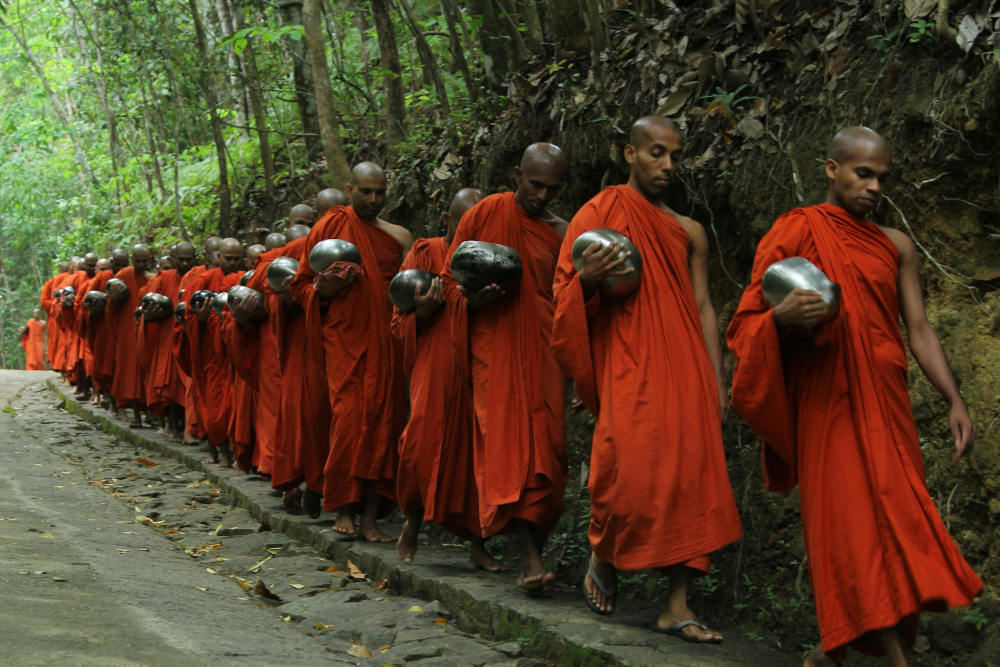
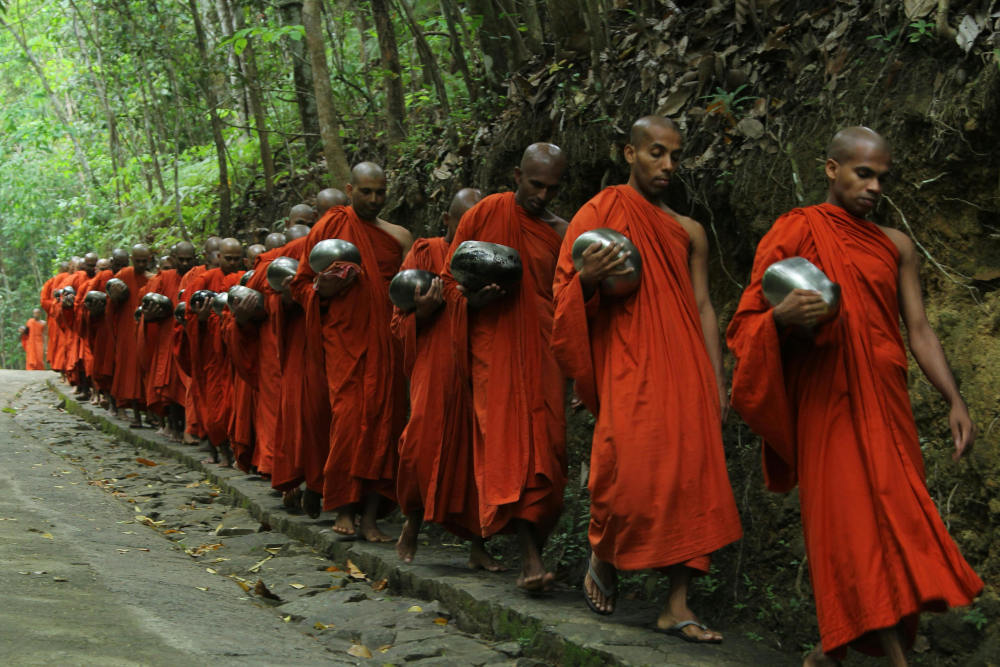
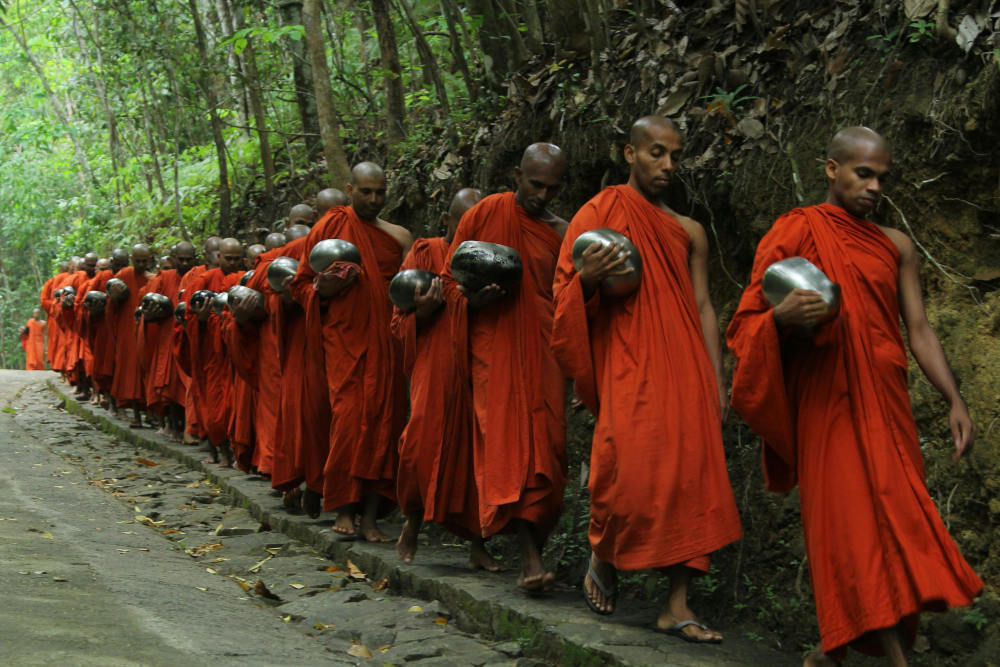
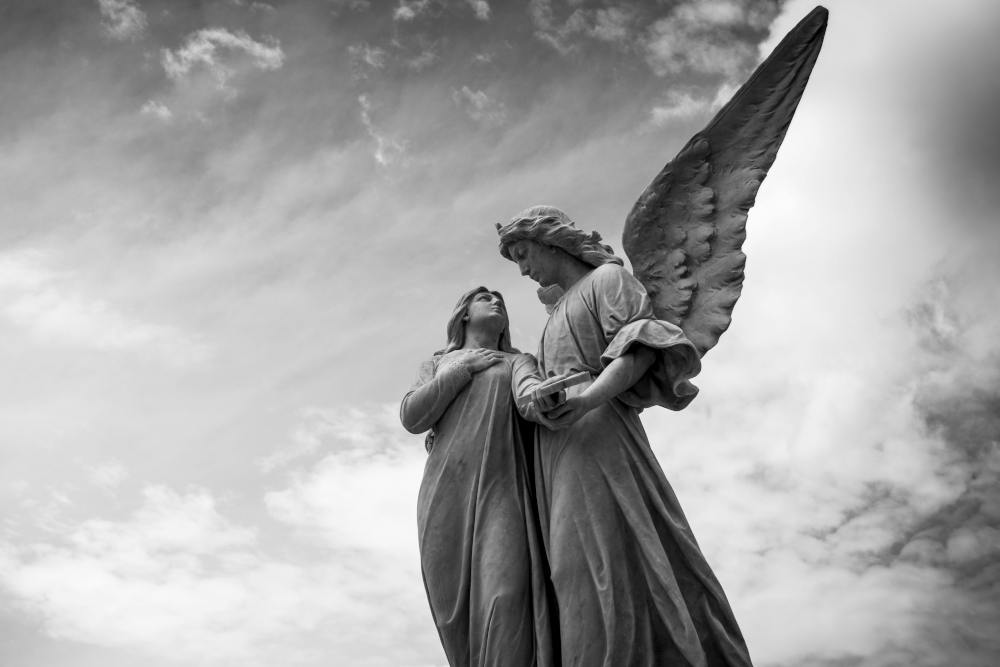
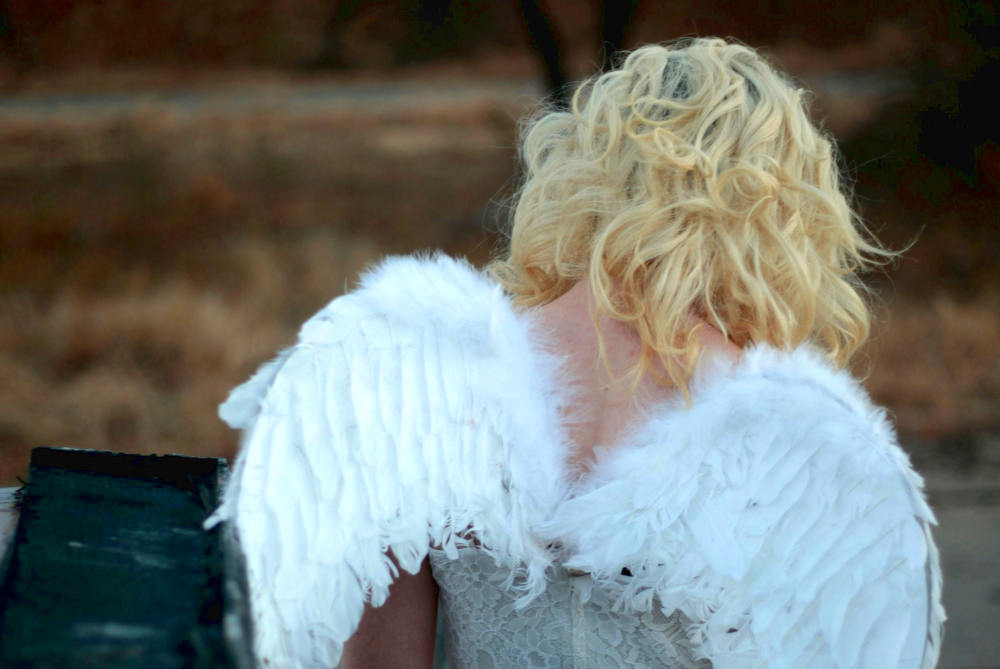
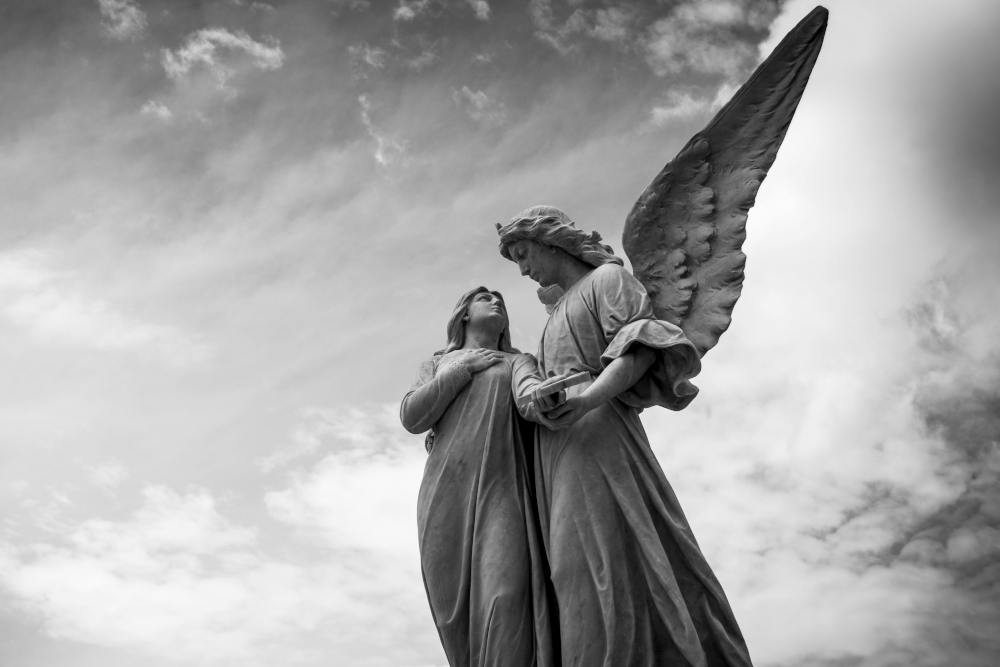
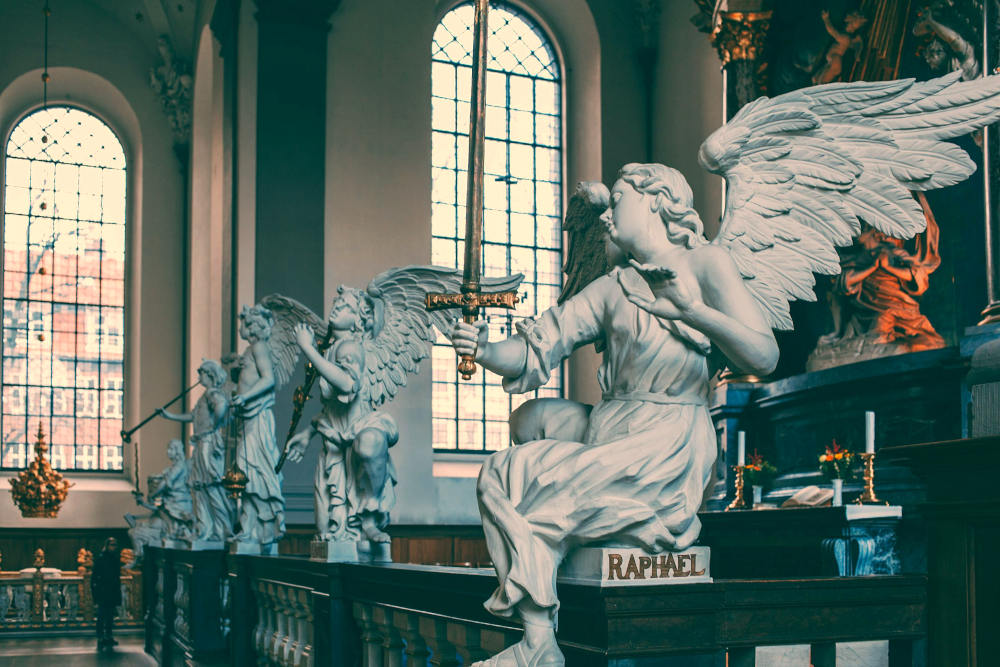








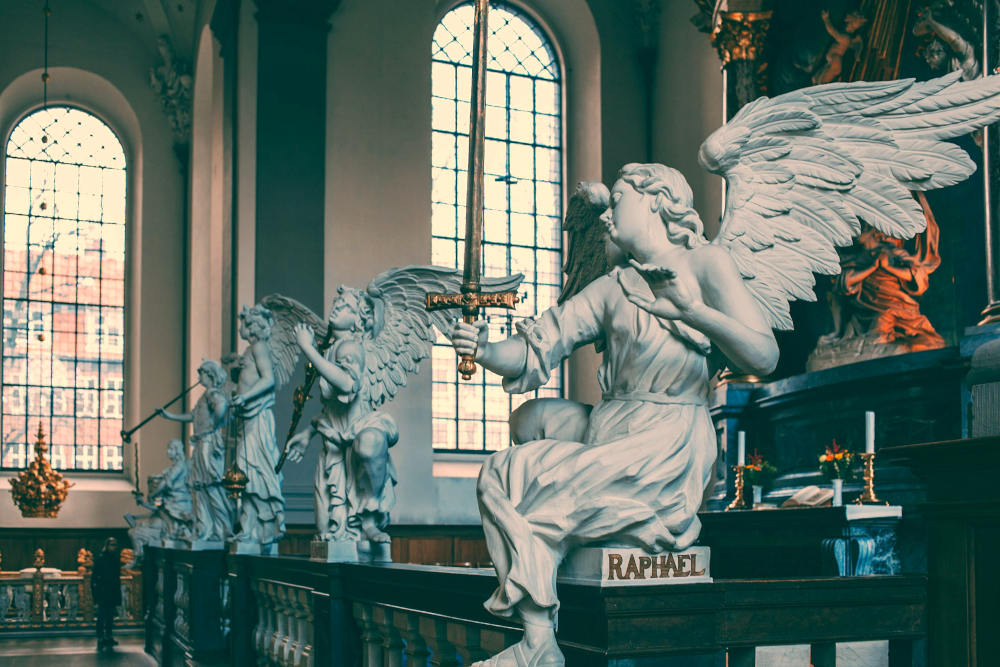
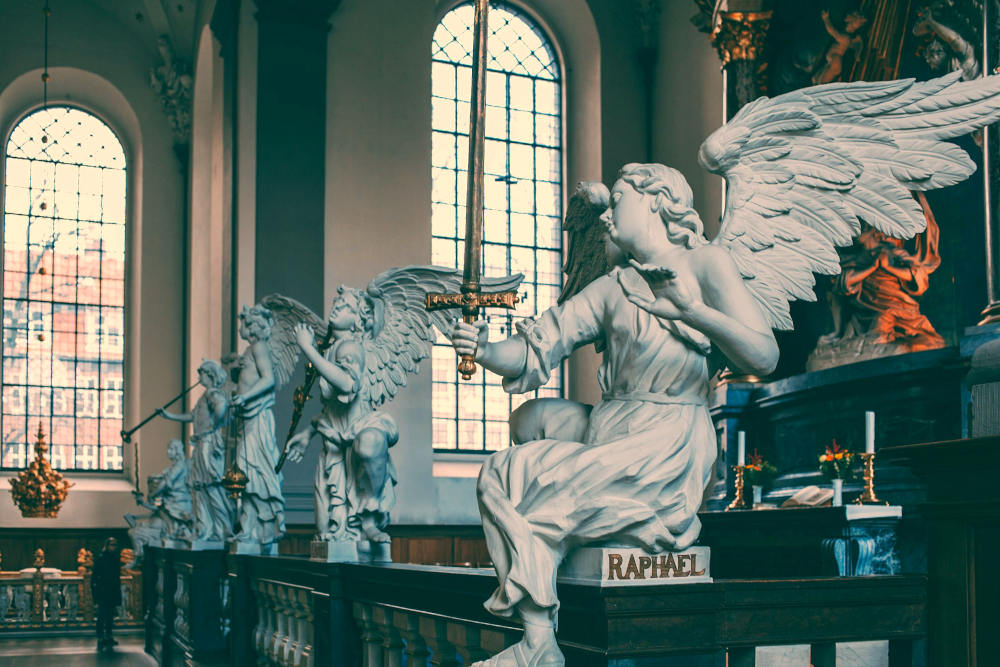
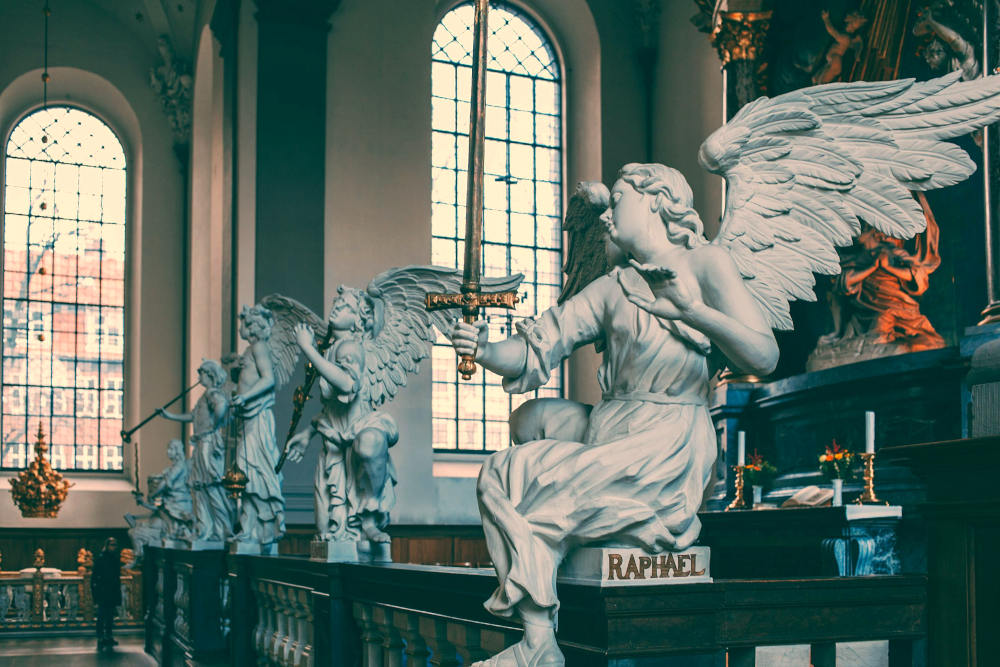
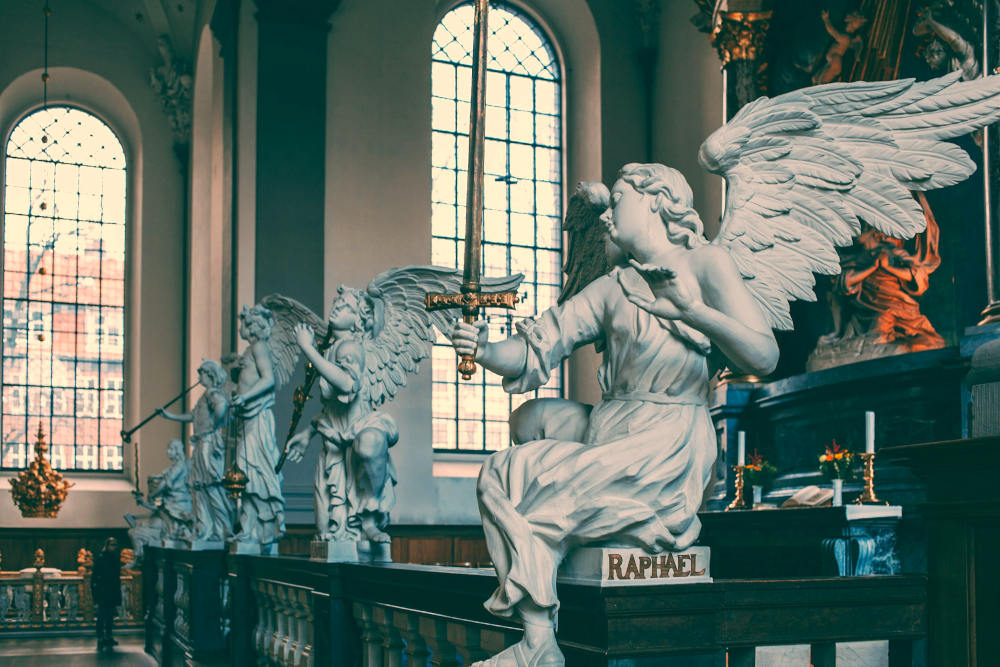
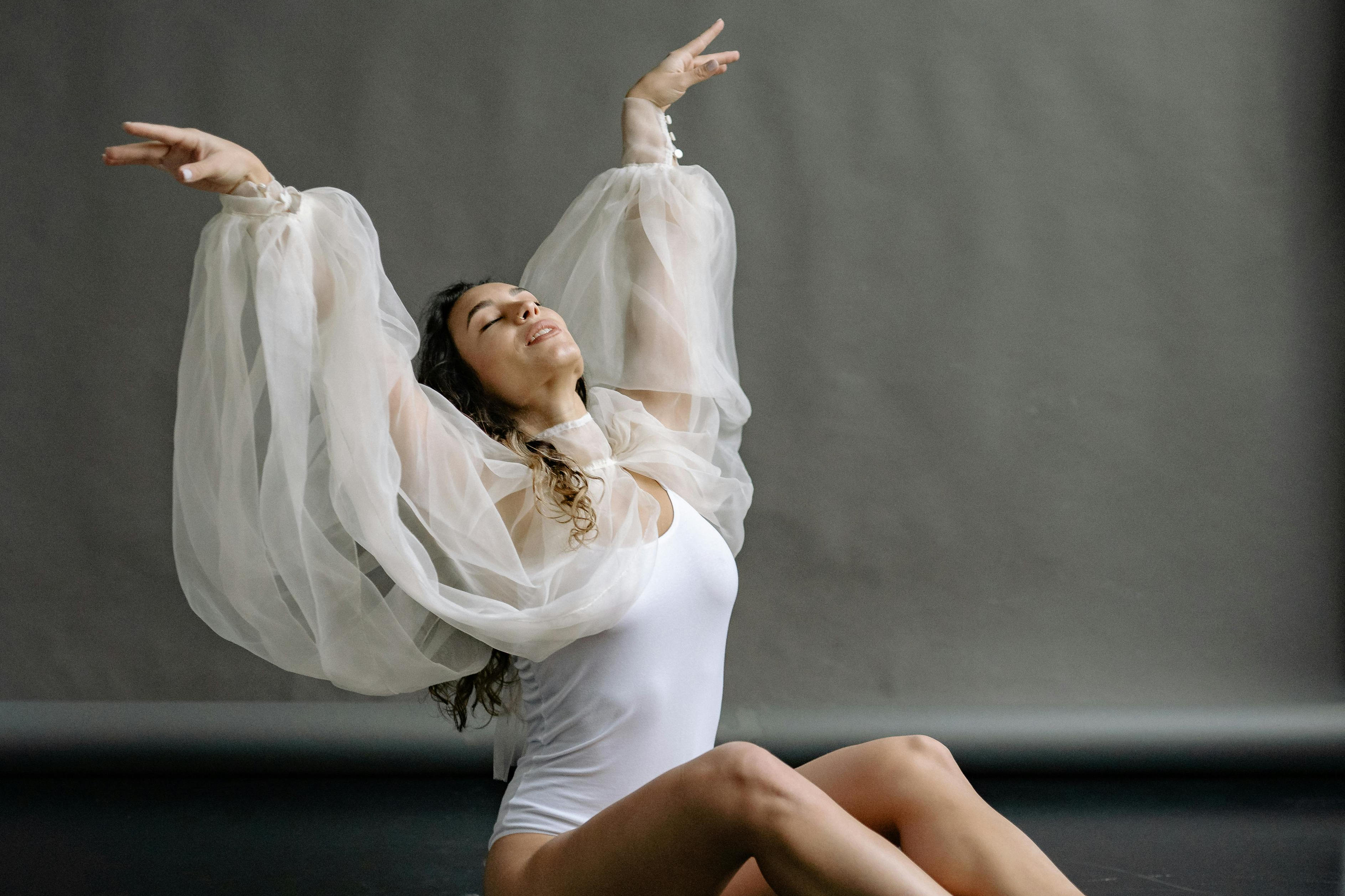
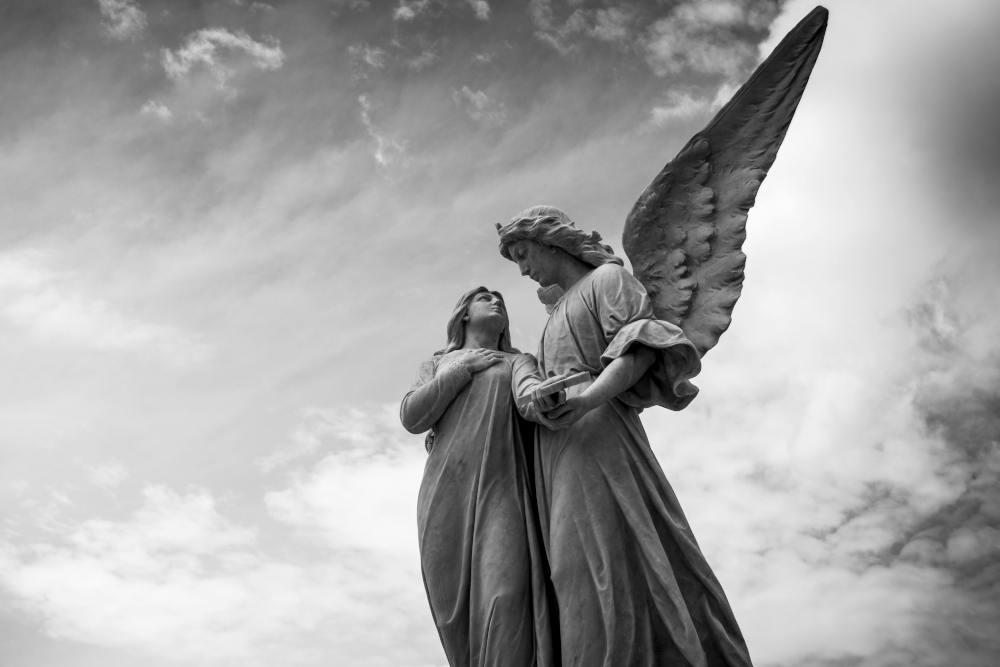
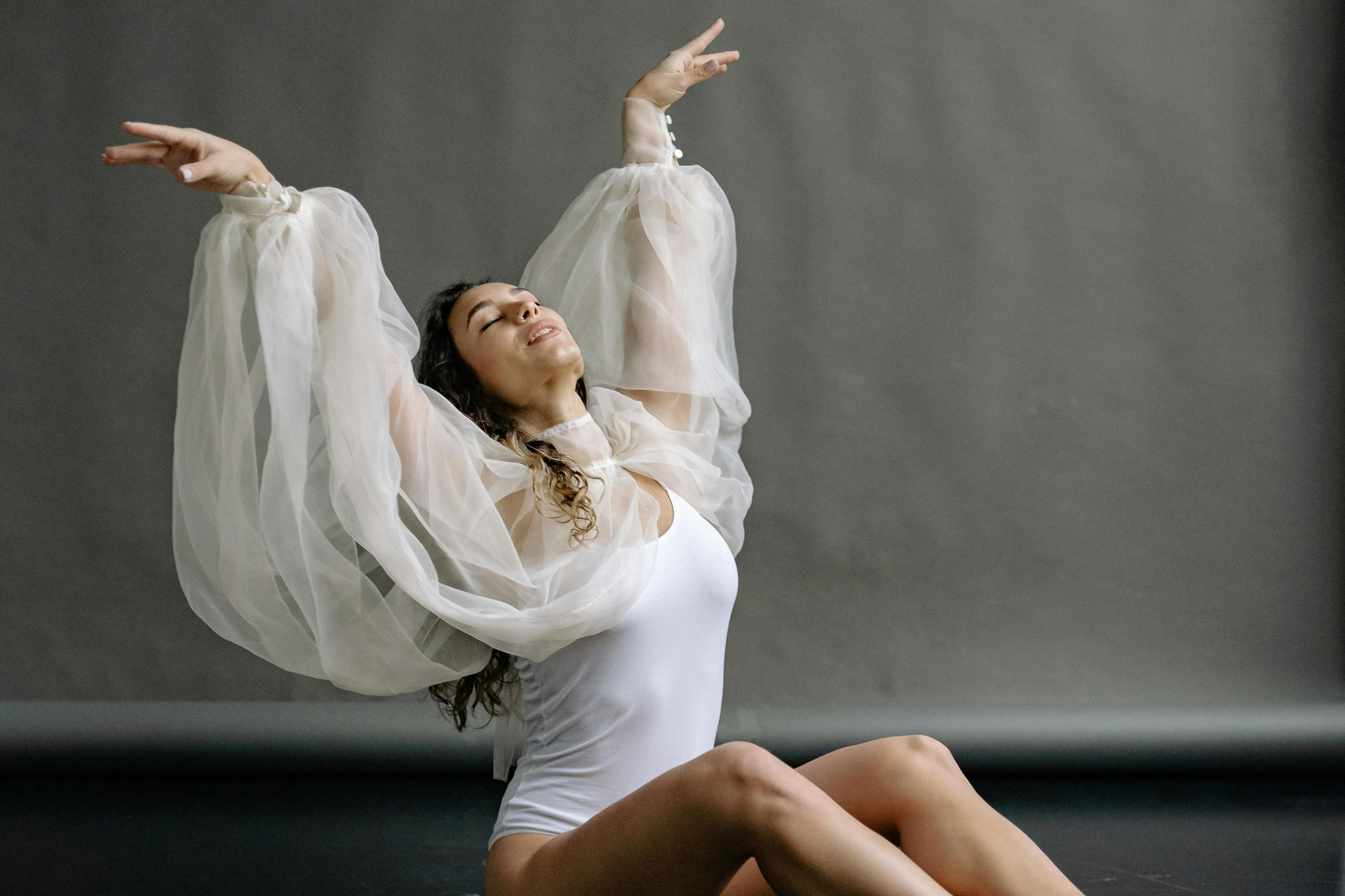
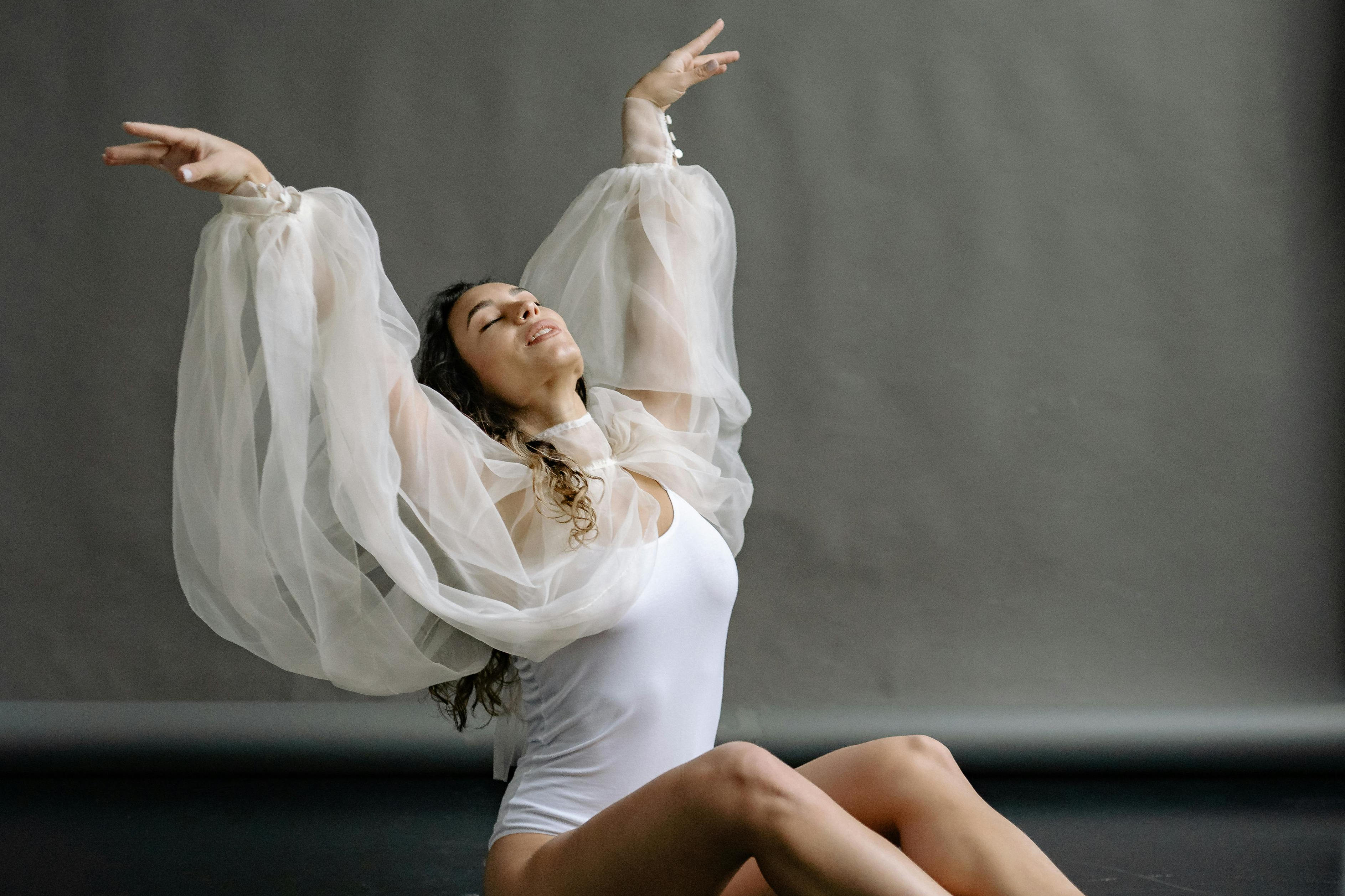
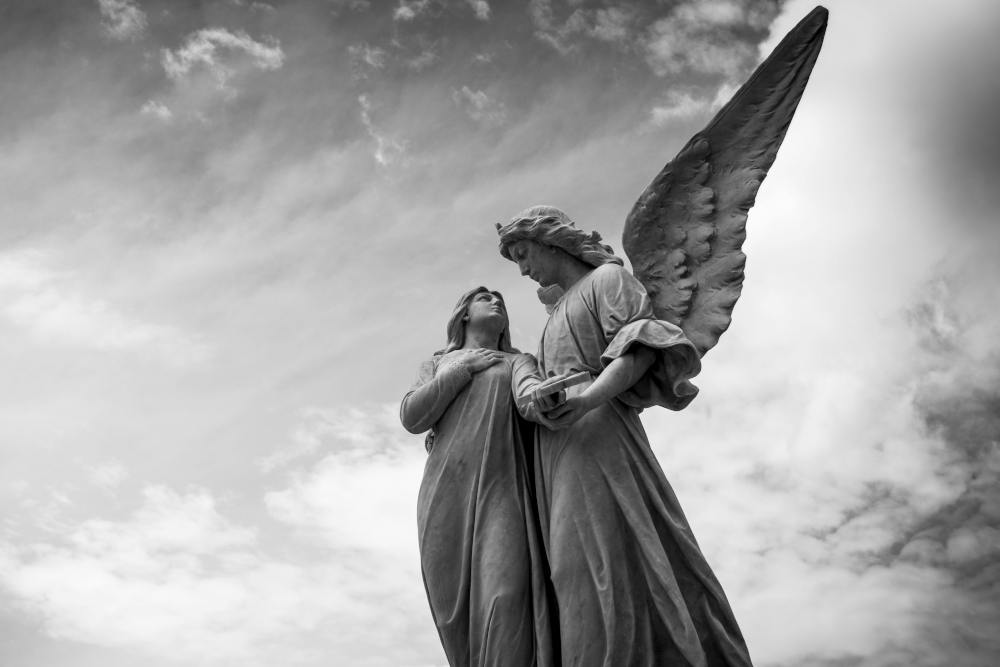
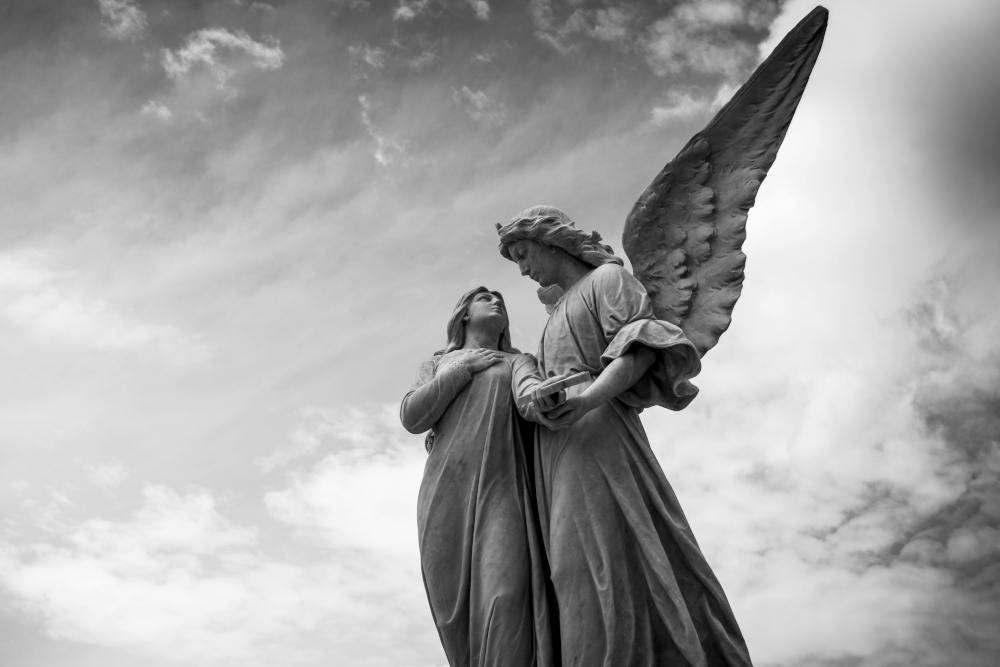
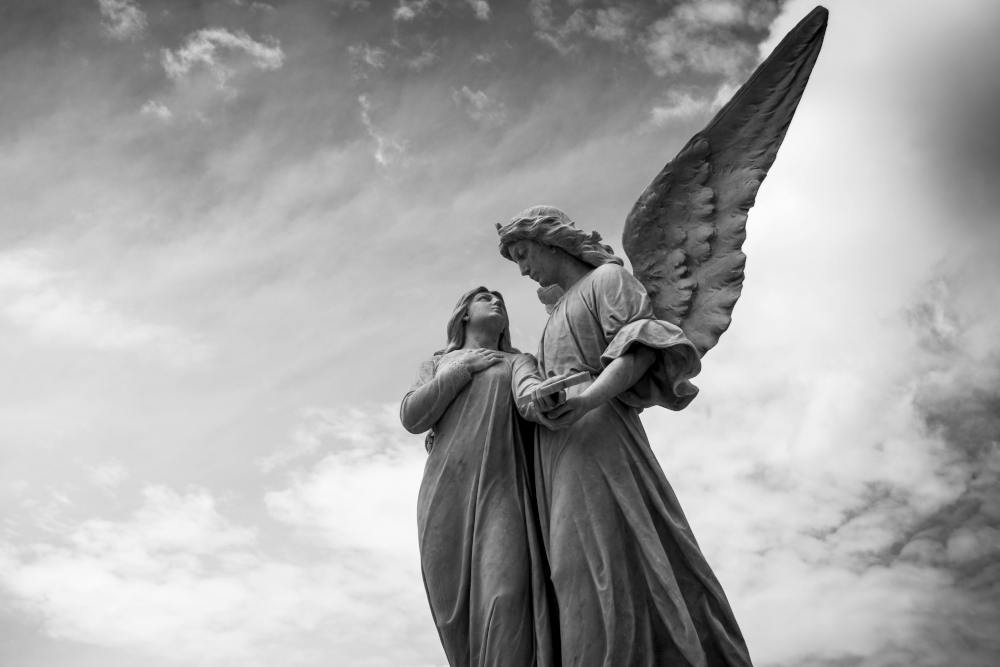
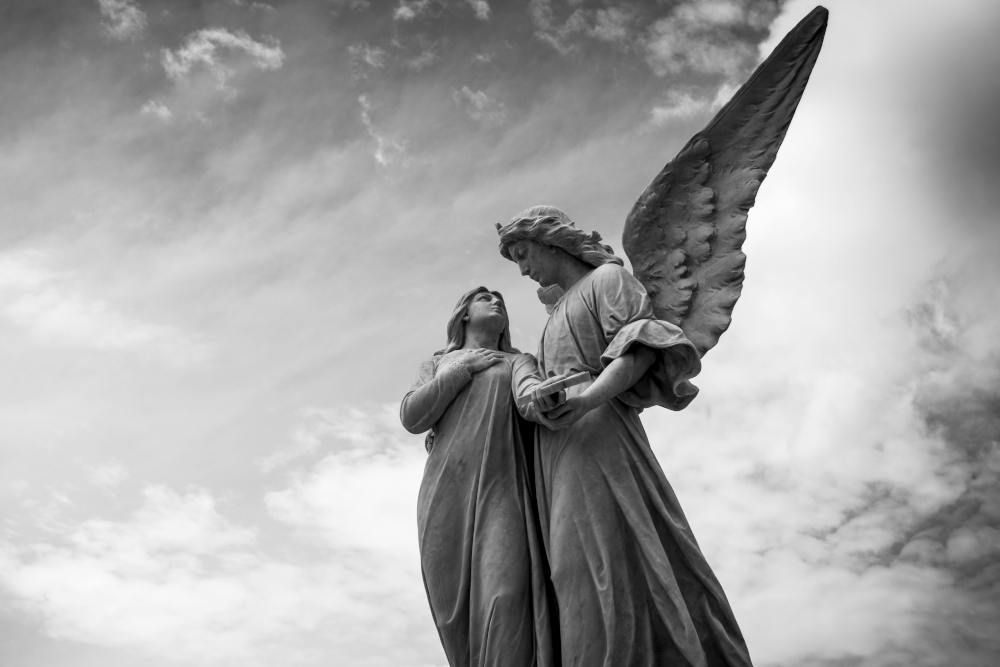
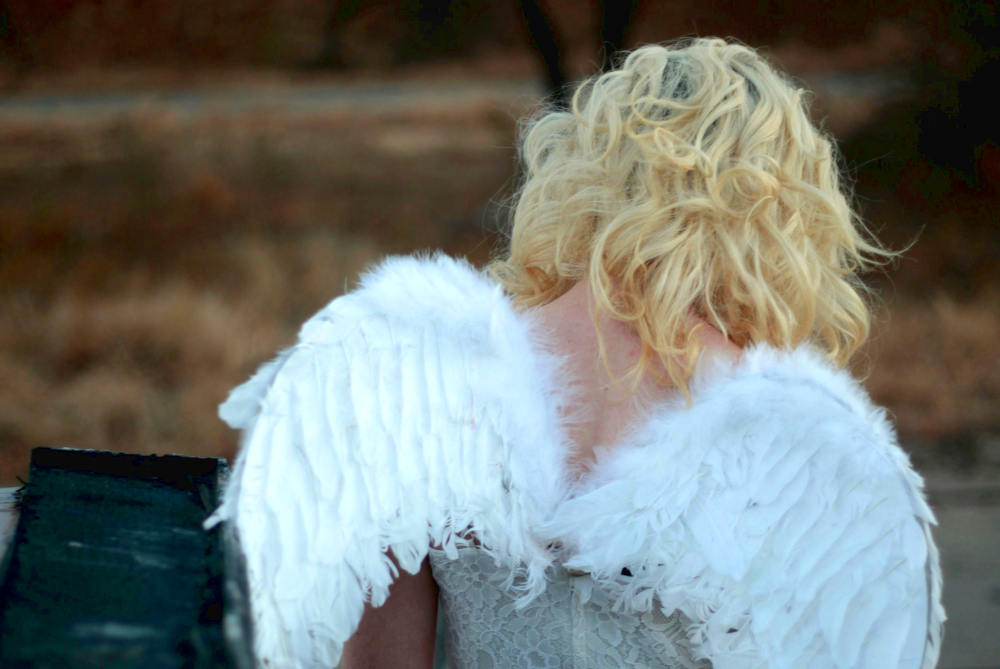
0 Kommentare